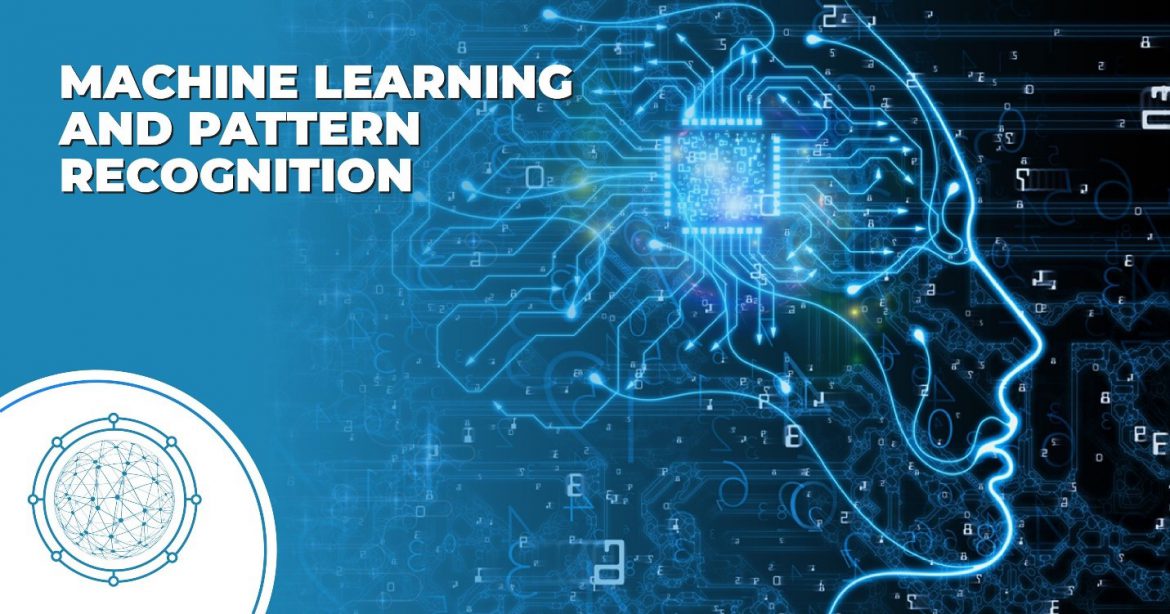Table of Contents
Discover Machine Learning and Pattern Recognition 2021
Have you ever just stopped and thought about how the brain is able to assess the information that is being fed to it. How is it able to identify any unique thing regardless of many common things around it? Looking at the same mechanism in a technical aspect, we come to Machine Learning and Pattern Recognition.
What are machine learning and pattern recognition?
Pattern Recognition
Pattern Recognition is a cognitive mechanism in our brain when any knowledge we encounter with data stored in our memory is matched. For instance, when a teacher teaches a student to count, he/she says, “One, two, and three.” After many repetitions, when the teacher says, “One, two…” the student will respond with “Three.” The pattern was understood by the student, as we can see.
In our body, there are also pattern recognition receptors (PRR) – macrophages, monocytes, etc. – cells that have a particular mission to recognize and resolve pathogenic molecular patterns and molecular patterns associated with damage. That’s biology, though, and not technology.
Pattern recognition in Computer Science
At the end of the 20th century, the terms pattern recognition and machine learning became popular. It focuses on how computer programs, like an object from a photo, perform intelligent and human-like tasks. Initially, people were not interested in learning how, as long as it operates properly, computers would accomplish this intelligence. However, when applied to an image detection algorithm, technologies such as filters, boundary detection, and morphological processing have shown that they are efficient. Researchers in the pattern recognition community have demonstrated a growing interest in this subject, spawning the field of optical character recognition.
It is fair to say that the most revolutionary and ‘intelligent’ signal processing of the 1970s, the 1980s, and even the early 1990s was pattern recognition machine learning. During this time, concepts such as decision tree, heuristic method, and discriminatory quadratic analysis were all introduced. Pattern recognition has steadily moved from being electrical engineering subject to a computer science topic of interest.
Pattern Detection Features:
- Recognition of patterns is learned from data.
- Recognize patterns automatically, even though partially visible.
- They should be able to identify common patterns.
- From various angles and forms, the pattern should be identified.
Machine Learning
The process of teaching a computer system how to make precise decisions when fed data is machine learning. These predictions could address if a piece of fruit in a picture is an orange or mango. Seeing pedestrians crossing the road in front of a self-driving vehicle, whether the use of the word book in a sentence relates to a paperback or a hotel booking, whether an email is a spam, or correctly understanding speech enough to produce YouTube video captions.
The most significant difference from conventional computer software is that no code has been written by a human developer instructing the machine how to say the banana and the apple difference.
Which machine learning technique is used for pattern recognition?
There are three machine learning techniques used in machine learning and pattern recognition:
Supervised Learning
Creating an algorithm to learn to map an input to a specific output is supervised learning. This is done using the datasets you have obtained that are numbered. If the mapping is right, you have successfully learned the algorithm. Else, you make the algorithm the requisite adjustments so that it can understand correctly.
Supervised learning algorithms can help to predict new unseen knowledge. E.g., House pricing. First, we need housing data, i.e., square footage, number of rooms, characteristics, whether or not a house has a garden, and so on. We then need to know the prices, i.e., the corresponding names, of these rooms. By leveraging data, features, and prices from thousands of houses, we can now train a supervised machine learning model to predict a new home’s worth based on the examples observed by the model.
Unsupervised Learning
There are no marks for the data obtained here, and you are uncertain about the outputs. So, you model your algorithm so that it can recognize the data patterns and produce the response you need. When the algorithm finds out, you should not intervene.
E.g., Finding segments of customers. Clustering is an unsupervised approach in which the objective is to identify natural groups or clusters and interpret the input data in a feature space. There are several distinct algorithms for clustering. One common approach is to divide the data points so that each data point falls into a group based on a predefined similarity or distance metric in the feature space that is identical to other data points in the same group.
Reinforced Learning
In this kind of learning, there is no knowledge, nor are you teaching the algorithm anything. You model the algorithm to communicate with the setting, and you reward it if the algorithm does a good job; else, you punish the algorithm. It goes from being low to be the best it can for the problem assigned to it, with constant learning experiences. Reinforced Learning is used in robotics. For challenging behaviors, reinforcement learning gives robotics a “framework and a set of instruments.” This could help robotics increase substantially because reinforcement learning can happen without supervision.
What is pattern recognition, with example?
Machine learning and Pattern recognition is the mechanism by which a computer that uses machine learning algorithms recognizes periodicities in data. The classification of events based on statistical details, historical data, or the computer’s memory lies at the heart of the operation.
In the universe or abstract notions, a pattern is a regularity. A definition of a genre will be a trend when we speak about books or movies. Netflix wouldn’t recommend tragic melodramas if a person continues to watch black comedies.
It should be preprocessed and translated into a form that a computer can understand for the machine to search for data patterns.
Pattern Recognition Examples
- Computer vision: With the assistance of pattern recognition and machine learning, objects in images can be identified and can remove those patterns from pictures or videos that can be used for face recognition, farming technology, etc.
- Civil administration: devices for tracking and traffic analysis to distinguish artifacts like a vehicle.
- Engineering: In applications like Alexa, Siri, and Google Now, speech recognition is commonly used.
- Geology: Identification of rocks, helping geologists detect stones.
- Speech Recognition: Words are viewed as a pattern in speech recognition and are commonly used in the speech recognition algorithm.
What are the types of pattern recognition?
Recognition Statistical Trend
When learning from examples, this form of pattern recognition applies to historical statistical data: it gathers observations, processes them, and learns to generalize and apply these rules to new statements.
Syntactic Identification of Pattern
It is also called recognition of structural patterns because it depends on simpler sub-patterns called primitives (e.g., Words). The design is defined in terms of associations between primitives, such as sentences and texts in word form.
Recognition of Neural Pattern
Artificial neural networks are used in neural pattern recognition. They can learn complicated nonlinear input-output interactions and respond to the information themselves.
How do you use machine learning and pattern recognition?
First of all, to set, i.e., training and test set, the data should be split. Learning from the data will say how the system’s predictions rely on the data given and which algorithm fits particular data well, which is an essential step. We can use a training dataset to build an algorithm as data is divided into two groups. Testing data is being used to test the model; as already said, the data should be diverse training, and test data should be different.
So, we typically divide data into two sets, divide data in which 70% of the data is used for model training, algorithms extract the significant patterns from the data given, and construct a model. The test set includes 30 percent of the entire data and is then used to check the model’s accuracy, i.e., how accurately the model predicts the results.
What should a device of pattern recognition be capable of doing?
You need to pay attention to what it can do if you want to determine how good or poor a pattern recognition system is:
- Rapidly and reliably define a familiar pattern.
- Classify items that are not familiar.
- Recognize shapes from various angles as well as artifacts.
- Uncover patterns, even if partially concealed, and artifacts.
- Recognize trends immediately.
Are you interested in Machine Learning and Pattern Recognition?
If you liked our article about Machine Learning and Pattern Recognition, you may find interesting the following articles:
Machine Learning Regularization
Artificial Intelligence Pros and Cons
5+ Artificial Intelligence Pros And Cons To Help You Understand It Better!
Machine Learning VS Deep Learning
The Rise of Artificial Intelligence
For more information on Machine Learning and Pattern Recognition, follow us on our Linkedin page High-Tech trends.





